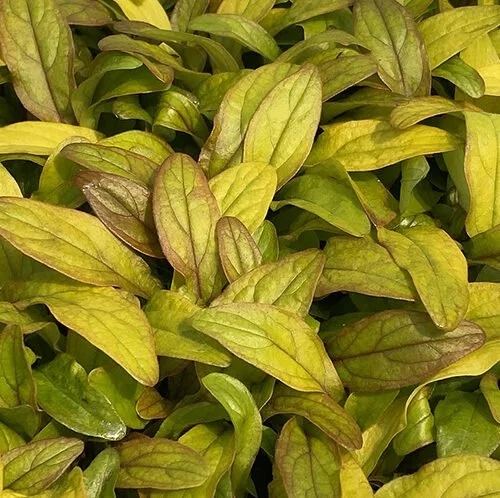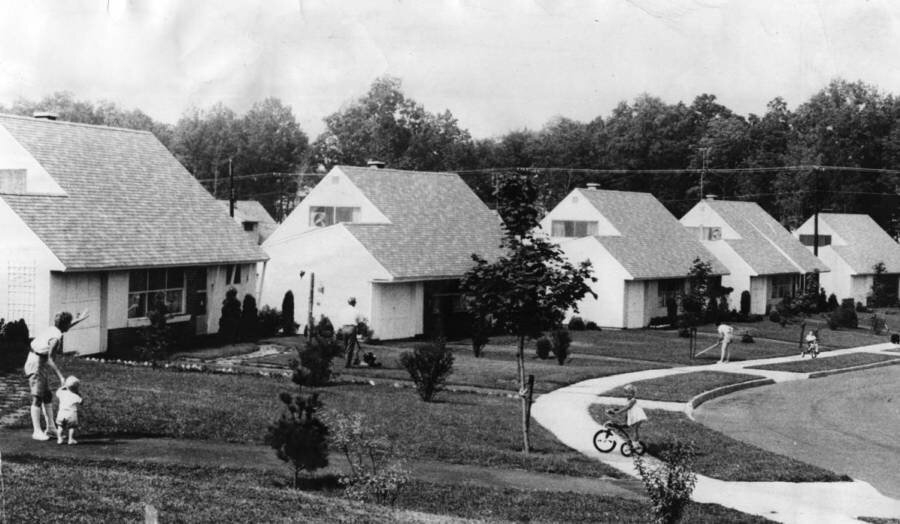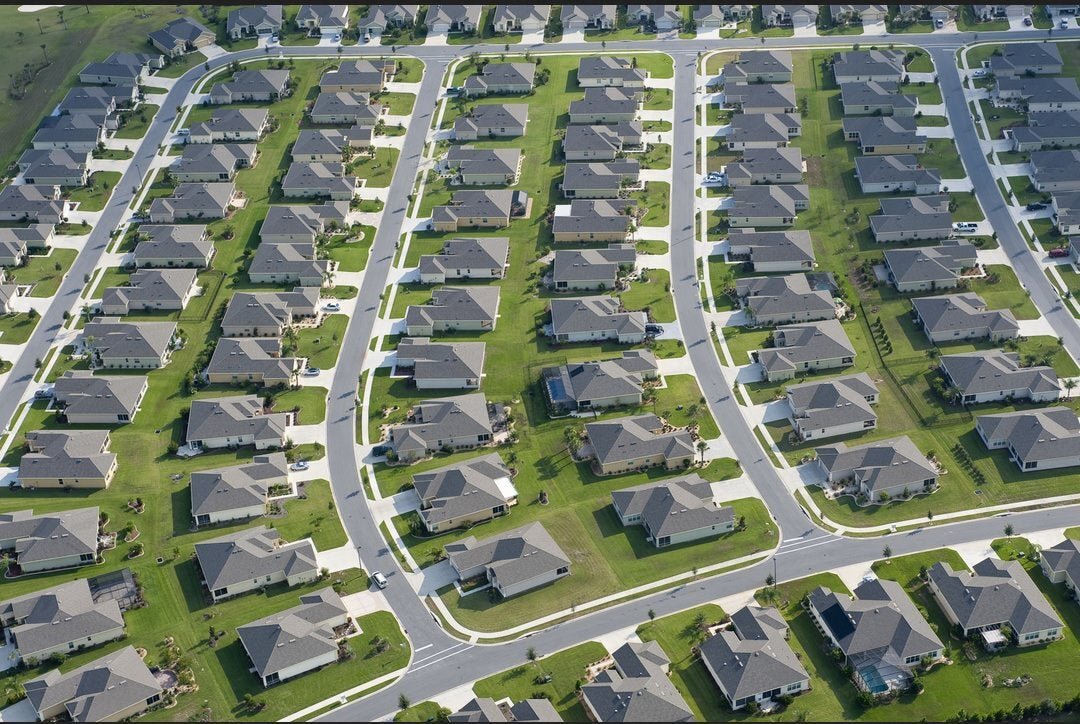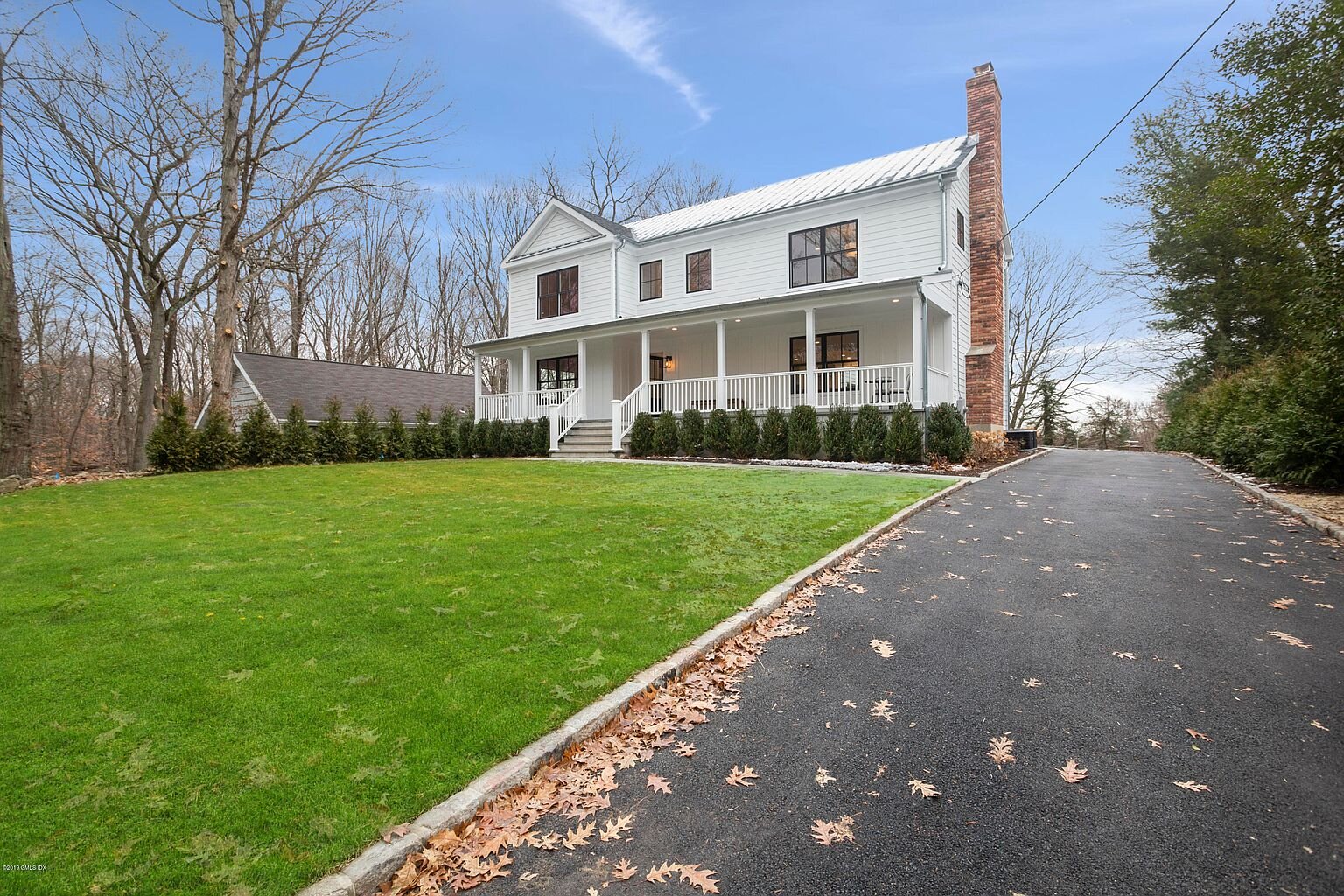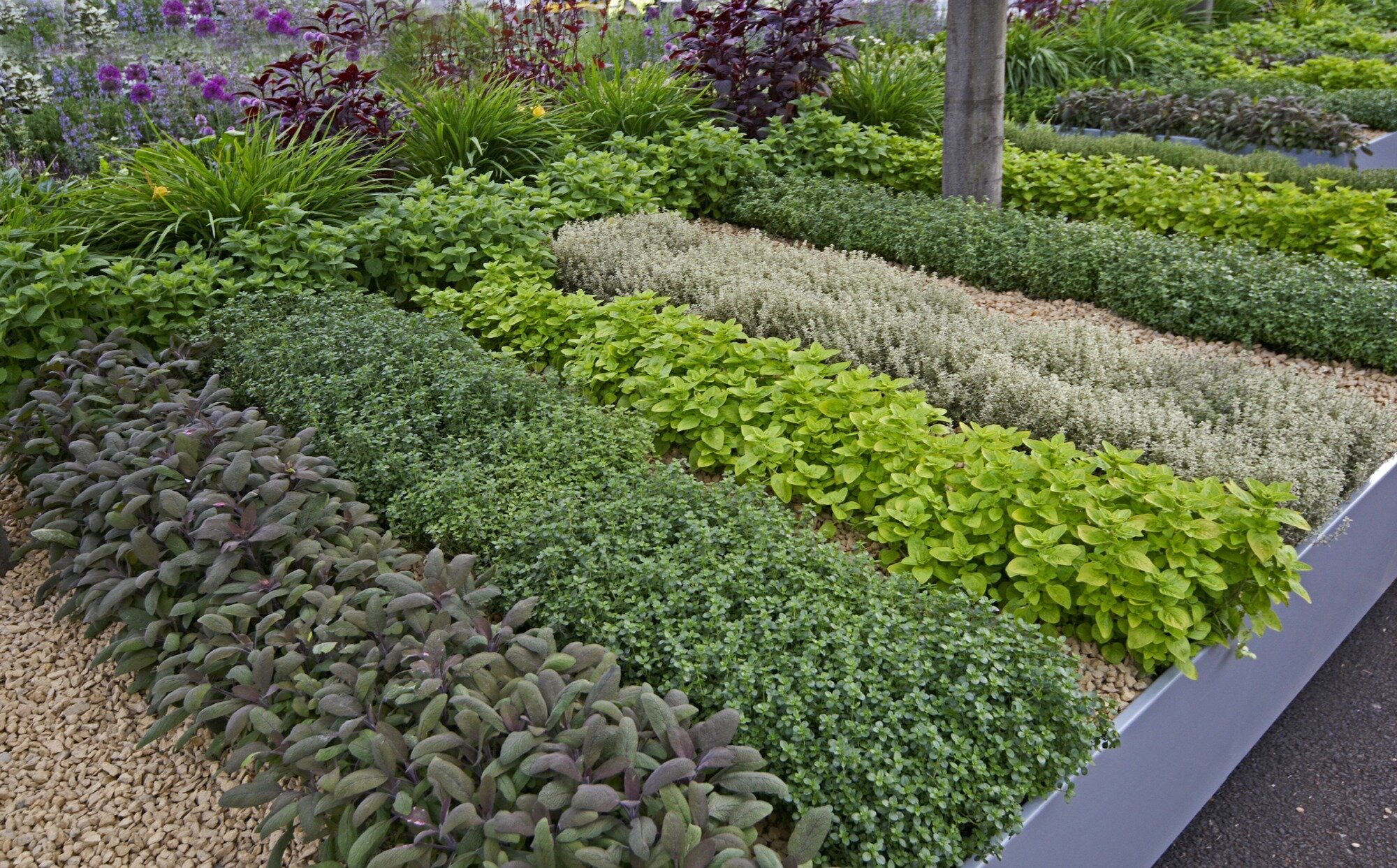First up is a new series of anenome called Satin Doll, which begins with one color, Blush. New breeding is focused on a fall anemone line that does not spread. Satin Doll is a clumper, not a runner, and trials show it blooms from July through the end of October. Available from tissue culture, plants can have up to 65 flowers the first year.
Anemone Satin Doll series ‘Blush’
Pop Star Hydrangea
New hydrangea cultivars are generally hybrids of one form or another with H. serrata.
Pop Star is the latest introduction from the Endless Summer lineup from Bailey.
It offers multiple positive traits; according to the descriptions it's compact (about 3 ft. rounded), it seriously reblooms the entire growing season starting about four to six weeks after the growing season initiates (or a tip pruning is performed), it’s Zone 4 (to 9) hardy, it doesn’t lodge due to stiff stems and short internodes, and it’s got great leaf spot tolerance. It’s also said to root very well, and grow out quickly and uniformly.
A new introduction in the “endless Summer’ series - Pop Star
Thuja Junior Giant
This cultivar serves an excellent purpose as a Zone 4 to 8/9. It originated as a branch sport from Thuja X ‘Green Gian’ way back in 2004 at Hermitage Farms Nursery in Virginia.
After nearly 15 years of trials, it was patented in 2018. Like thuja of any kind it doesn’t really tolerate drought well. But it seems like a solid choice for a screening conifer in smaller landscapes.
The “Junior” part – it's about 40% to 50% the size of Thuja Green Giant (which puts it at a mature size of 20- to 25-ft. tall and 10-ft. wide). Another difference is that the branches seem to be held more horizontally, giving it a more open appearance.
Thuja ‘Junior Giant’
‘Feathered Friends’ Ajuga
Anyone who knows an Ann-designed garden knows of my love for ajuga. I think its one of the best ground covers there is, it spreads easily, no critters eat it and when you have a mass-planting of ajuga it looks like an ocean when it blooms. Also, Ann-designed gardens often feature a “mosaic of ground covers”. One of the goals of that mosaic is to have different types and colors of foliage so that it looks interesting in all seasons. When I saw a picture of one of the new introductions ‘Fancy Finch’ I immediately swooned! Everything I love in one package! It has tri-colored foliage - an assortment of gold, orange, and burgundy, creating a colorful display that lasts year-round.
‘Feather Friends’ is a family of ajuga cultivars from Garden Solutions introduced in 2021. This is ‘Fancy Finch’ - really gorgeous.
‘Feathered Friends’ ajuga series.
‘Cordial Canary’
‘Fierce Falcon’
‘Noble Nightingale’
‘Petite Parakeet’
Of course, I immediately tried to find these plants in the trade. I managed to get some ‘Fancy Finch’ via mail order - the plants looked just as great as I had hoped. Important to see what it looks like after being planted and after going through a winter.








